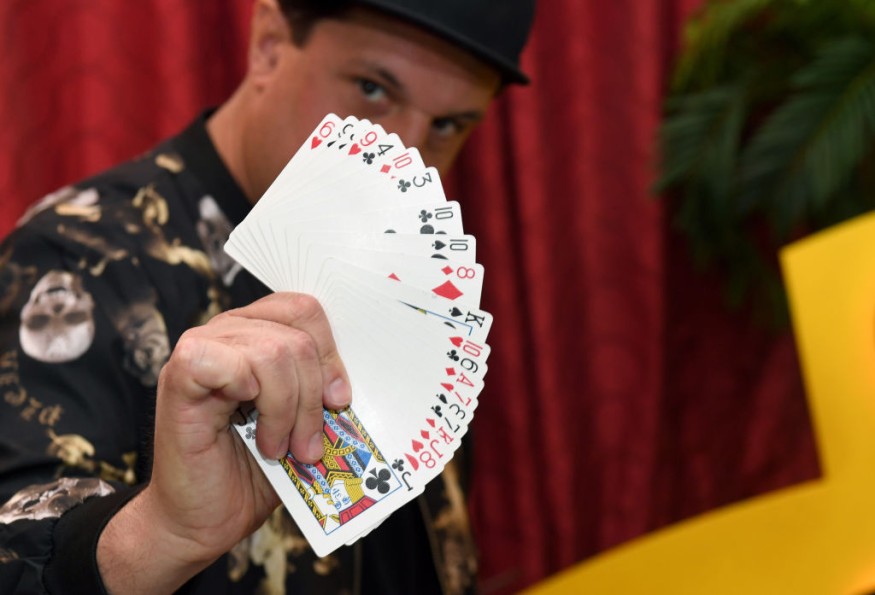Probability is a word thrown around a lot in our everyday lives—from medicine to gaming and to every other aspect. However, most people have difficulty wrapping their heads around some of its concepts. One of the best examples is the Monte Carlo fallacy, also known as the gambler's fallacy—a mistaken belief that past events affect the chances of something happening in the future—which makes us believe that our betting choices will eventually come through.
With the idea of chances and probabilities hard as it may be for the average person to fully digest, here are three more statistical facts that seem outrageous at first.

In a Small Group, What Are the Chances of Two People Having the Same Birthday?
Imagine you're in a group of, say, 23 random people. What are the chances of two people having the same birthday? If there are 366 days in a leap year, and there are 22 other people aside from you, there are 22 other opportunities for birthday twins. However, this is only from your perspective, as there are 22 other people asking the same question.
In the probability theory, this is known as the birthday problem, which seems illogical and contradictory at first. If all of the people in the group compare birthdays, you have 22 comparisons, the second person has 21 comparisons (excluding you), and the third has 20 (excluding the first two), and so on, the number of comparisons add up to 253.
These are 253 chances of birthday twinings. If there are 366 days in a year, you're already past its half (183), you're already at a 50 percent chance of finding a birthday twin in a group of 23 people!
To Find Something Definitely Unique, Shuffle a Deck of Cards
The standard 52-card deck of playing cards is a source of joy and sorrow to a lot of people—most of them gamblers and first time probability and statistics students. It can be used to play a number of games, or as an example of a nerve-wracking math problem.
One of the simple facts about a deck of cards—every time you shuffle a deck of cards fairly, you hold in your hand a very specific series of 52 cards that is, most likely, never done before and will never be done again.
While it sounds outrageous, since there are only fifty-two cards, it actually goes down to simple mathematics. To put it simply, the number of ways to arrange a standard deck is 52 factorial, or 52!, ways. Take one card from the 52-card deck, then take another from the now 51-card stack, and so on until you reach the last one. In probability, this is expressed as 52 x 51 x 50 ... x 1. This is equal to 8.0658175 x (10^67), or simply 8 X (10^67), this is 8 followed by 67 zeros after. To put it in perspective, a million only has six zeros and a billion has twelve.
Though it sounds difficult to understand, imagine the English language spawning innumerable words with only 26 letters, and that's not including vowel-only or consonant-only letter combinations that makes no sense.
The Chances That Two Siblings Are of the Same Gender is 33%, not 50.
This is basically similar to the infamous Monty Hall problem, only applied to a two-child family setup. For a family with two children, assume that one of them is a boy. Then, what are the chances that his sibling is also a boy? Knowing that the gender of one of them does not affect the gender of the other, the answer must be 50 percent right? Either it's a boy, or a girl.
No, it's 33 percent. While the chances of his sibling being born a boy is still 50 percent (boy or girl), it all comes down to the bigger picture—including his position as the older or the younger child. For a two-child setup, we have the following combinations: boy-boy, boy-girl, girl-boy, and girl-girl.
Since the first known kid is a boy in this example, this eliminates the girl-girl combination, leaving us with three possibilities. With two of the three remaining options having a sister instead (girl-boy, boy-girl), it means that there is only a one-in-a-three chance that the child also has a brother.
Check out more news info about Mathematics only on Science Times.











